Omo Ajongolo 3 Review: Epic Fail or Nollywood Masterpiece? Deep Dive into Feranmi Oyalowo’s Latest Yoruba Saga
The return of the Omo Ajongolo franchise is rarely a quiet affair. Each installment promises to delve deeper into the mythical heartland of Yorùbá storytelling, fusing ancient lore with modern, often brutal, narratives of power, tradition, and justice. Part 3 arrives carrying the heavy mantle of its predecessors, demanding not just spectacle, but significant thematic advancement. For a film clocking in at 1 hour and 26 minutes, with a cast featuring heavyweights like Feranmi Oyalowo, Alapinni, Ojumola Bello, and Funmi Bank Anthony, the stakes couldn’t be higher.
As a critic specializing in this distinct and dynamic sub-genre of Nollywood, my job is not to gauge Ajongolo 3 against Hollywood’s machine, but against its own ambitious standards. Does it deliver the raw, culturally resonant epic promised by its title?
I. Genre & Initial Impression: The Epic Barometer
Omo Ajongolo 3 immediately establishes itself within the familiar cadence of the Yorùbá Epic tradition. This is a cinema of grand gestures, often shot in sweeping landscapes, where dialogue is sometimes replaced by rhythmic chanting and confrontation is a matter of primal honor.
The opening five minutes are a frantic, almost confusing whirlwind, typical of a sequel trying to re-establish history quickly. Visually, the film is a step up from many contemporaries. The colors are vibrant, the costuming is rich, and there’s a clear attempt at a cinematic scope. However, the initial audio mix is challenging—dialogue and sound effects clash, creating a slightly muddled start. This is not just a sequel; it attempts to be a cultural statement. The recurring thematic motif of “my jungle” is introduced early on, signaling the core conflict: the battle for dominance in an untamed, lawless domain, whether literal or metaphorical.
II. Direction, Cinematography, & Technical Merit: Ambition vs. Execution
“Omo Ajongolo 3,” directed by Wasiu Owoiya and produced by Ojumola Bello under Corporate Pictures. The director’s vision for Omo Ajongolo 3 is undeniably ambitious. They aim for a widescreen canvas, utilizing deep focus shots of the principal actors against stunning Nigerian backdrops. This ambition, however, frequently outpaces the technical execution, leading to a palpable struggle between cinematic intent and production reality.
The Problem of the Shoot-Out
The action sequence—the “Shoot out”—is a crucial point of critique. In an epic drama, action must serve the story, not just interrupt it. Here, the choreography feels tentative, lacking the impactful weight necessary for true cinematic tension. The editing in this segment is too quick, attempting to mask a lack of genuine, dynamic staging. In essence, the action reveals the film’s budget limitations rather than celebrating its narrative prowess. It fails to convey the stakes of the conflict, reducing potential drama to rushed spectacle.
Road Rage and Staging
The early confrontation over the right-of-way, featuring the aggressive declaration, “Do you know who I am?”, is a microcosm of the film’s directorial choices. It’s staged simply, relying heavily on the actors’ presence rather than dynamic blocking or complex camera movement. While this style emphasizes the raw power dynamic inherent in the line—a direct commentary on ego and class in contemporary society—it feels visually flat. The scene works on a dialogue level but lacks visual creativity, a recurring issue where solid writing is undermined by timid direction.
III. Performance Analysis & Casting: The Gods on Screen
The strength of any Nollywood epic lies in the magnetic presence of its central players, and Omo Ajongolo 3 features a quartet capable of delivering exactly that. The ensemble is expected to carry the narrative weight, often compensating for technical shortcomings with raw emotional intensity.
Feranmi Oyalowo: The Burden of the Lead
Feranmi Oyalowo, as the central figure, carries the film. His performance is characterized by an almost mythological weight. Oyalowo excels in the silent moments—the long, contemplative stares that suggest deep-seated, traditional rage or loyalty. However, in scenes requiring rapid-fire dialogue or nuanced, contemporary reactions, his delivery sometimes slips into melodrama. While his command of the formal Yorùbá dialogue is exemplary, a more modulated performance would elevate the central character from a stereotype to a tragic figure.
Alapinni and Ojumola Bello: Supporting Pillars
Alapinni and Ojumola Bello provide necessary grounding. Alapinni brings his trademark gravitas and authority, essential for portraying figures of societal power or tradition. His presence is a stabilizing force, lending instant credibility to any scene he inhabits. Bello, meanwhile, often handles the domestic or emotional core of the film. Her ability to transition between fear, defiance, and traditional submission is a vital thread, providing the human-level resonance against the epic backdrop.
Funmi Bank Anthony: The Underused Potential
The role played by Funmi Bank Anthony feels somewhat underutilized, particularly in the film’s first half. While she exhibits a strong, commanding screen presence, her character often seems relegated to reacting to the men’s drama rather than driving her own thematic arc. This is a missed opportunity, as her powerful delivery could have provided a crucial counterpoint to Oyalowo’s intensity.
IV. Screenplay, Narrative Cohesion, and Pacing: The Scaffolding
The narrative structure of Omo Ajongolo 3 is where the film encounters its most significant difficulties. The plot is laden with necessary exposition from the preceding films, which, combined with the genre’s tendency toward ritual and contemplation, creates a challenging pace.
Pacing and Fragmentation
The overall pacing is uneven. The film oscillates violently between bursts of adrenaline (like the aforementioned shoot-out) and long, almost static scenes of dialogue and contemplation. These deliberate, meditative sequences—often featuring extensive “Foreign speech” (likely formal Yorùbá, chanting, or incidental English)—are intended to deepen the cultural resonance but, instead, often disrupt the modern viewer’s engagement. The movie runs the risk of losing narrative momentum in its quest for atmospheric depth.
The Multilingual Muddle
The most challenging structural element is the execution of the multilingual dialogue. While it accurately reflects the linguistic reality of modern Nigeria, the abrupt shifts between deeply traditional Yorùbá and conversational English can feel jarring. This is not about the languages themselves, but the inconsistent delivery and mixing. Key plot points sometimes get obscured in the switch, forcing viewers to rely heavily on the subtitles (which themselves could benefit from clearer editing). A stronger directorial hand was needed to smooth these transitions, allowing the linguistic complexity to enhance the texture rather than confuse the plot.
V. Sound Design and Musical Score: Echoes of the Past
The soundscape of an Epic film is paramount; it must create an immersive world. In Omo Ajongolo 3, the sound design is functional but rarely inspired.
The dialogue recording is clean in principle, but the final mix struggles, particularly when traditional percussion or chants are layered over emotional speeches. The result is a sound field that competes with itself.
The musical score adheres strictly to the expected instrumentation of the genre—heavy on drums, evocative horns, and traditional strings. While effective at building generic dramatic tension, the score often defaults to a repetitive rhythm. The music should speak to the unique Omo Ajongolo mythology, but here, it feels like a standard-issue Nollywood epic soundtrack, failing to achieve a unique or memorable auditory identity. The dramatic potential of the climax, for instance, is not fully realized because the score doesn’t evolve beyond a simple state of urgency.
VI. Cultural Resonance and Thematic Depth: Mythos and Message
Despite the technical and pacing flaws, the film finds its greatest success in its thematic ambition and cultural depth.
The Metaphor of the “Jungle”
The repeated references to the “jungle” are the emotional and philosophical anchor of the film. It serves less as a literal location and more as a powerful metaphor for the lawless, competitive heart of humanity. The film successfully explores the theme of traditional justice versus modern chaos, questioning whether the old ways of maintaining order can survive the infiltration of contemporary avarice.
The film excels in its costuming and use of props, respectfully showcasing Yorùbá ritual and aesthetic. For a global audience, this visual commitment is the film’s strongest asset, offering a compelling and unfiltered look at the richness of the culture. The commitment to using prominent cultural actors further authenticates the experience, solidifying the idea that these themes are deeply embedded in the societal psyche.
VII. Conclusion & Final Verdict: The Saga Continues
Omo Ajongolo 3 is a film defined by its internal contradictions. It is a powerful, culturally rich drama often hampered by uneven technical execution and a screenplay that occasionally sacrifices narrative flow for dramatic, deliberate pacing. The sheer force of the lead performances, particularly Feranmi Oyalowo’s, holds the viewer’s attention, compelling us to care about the outcomes of the mythological conflicts he faces.
Ultimately, while the film occasionally stumbles on its action choreography and sound mixing, its dedication to the complex themes of heritage, power, and the untamed human spirit makes it essential viewing for fans of the genre. It’s a bold, if flawed, installment that keeps the Omo Ajongolo mythology beating strongly.
My Verdict: ………………………3½ / 5 Stars
Call to Watch: If you are a fan of sprawling, culturally specific epics that prioritize thematic richness over slick technical perfection, you must watch Omo Ajongolo 3. It demands patience but rewards with a potent, visceral story rooted in tradition. Catch it now to see the dramatic continuation of the saga.
https://www.youtube.com/watch?v=YvvU395nkCs
#NollywoodTimes
#YorubaEpic
#OmoAjongolo3
#Nollywood
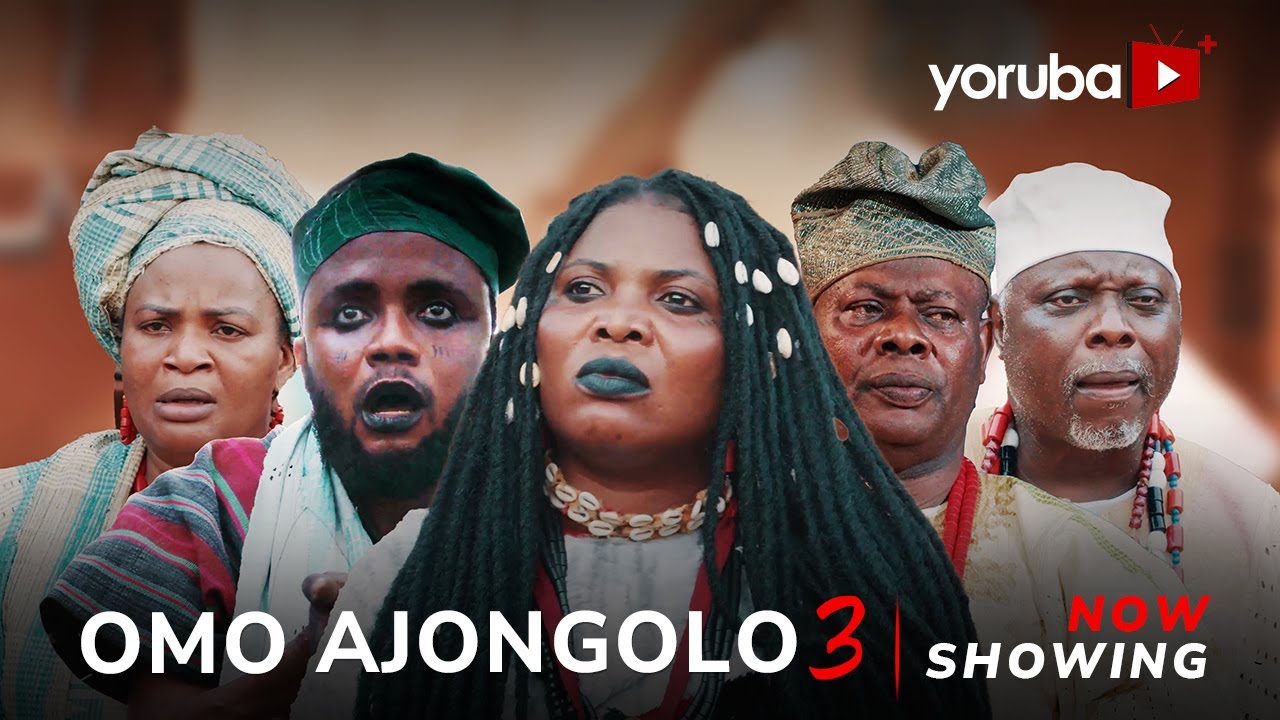
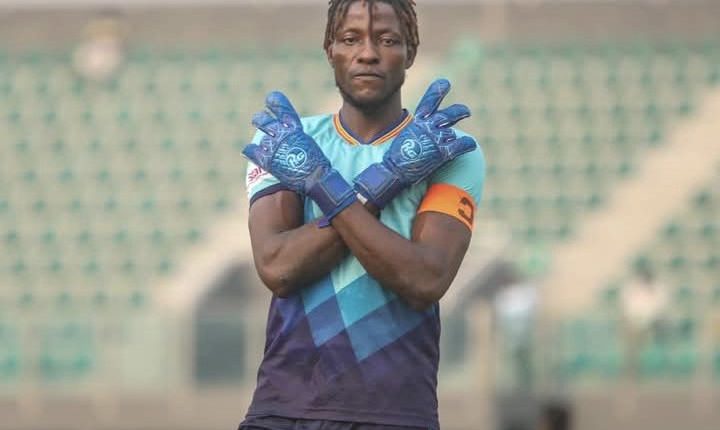
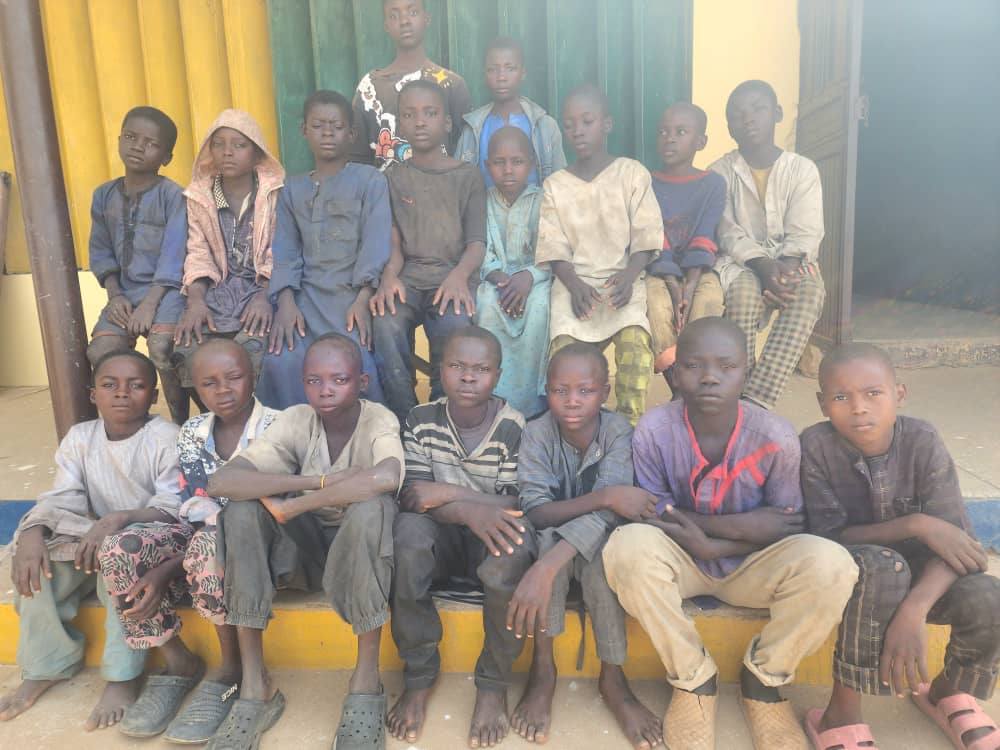
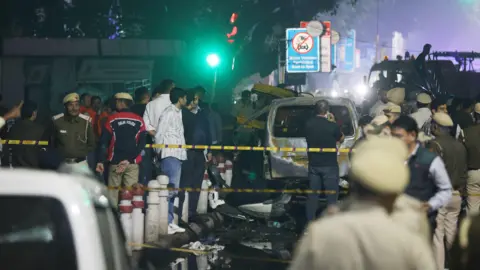
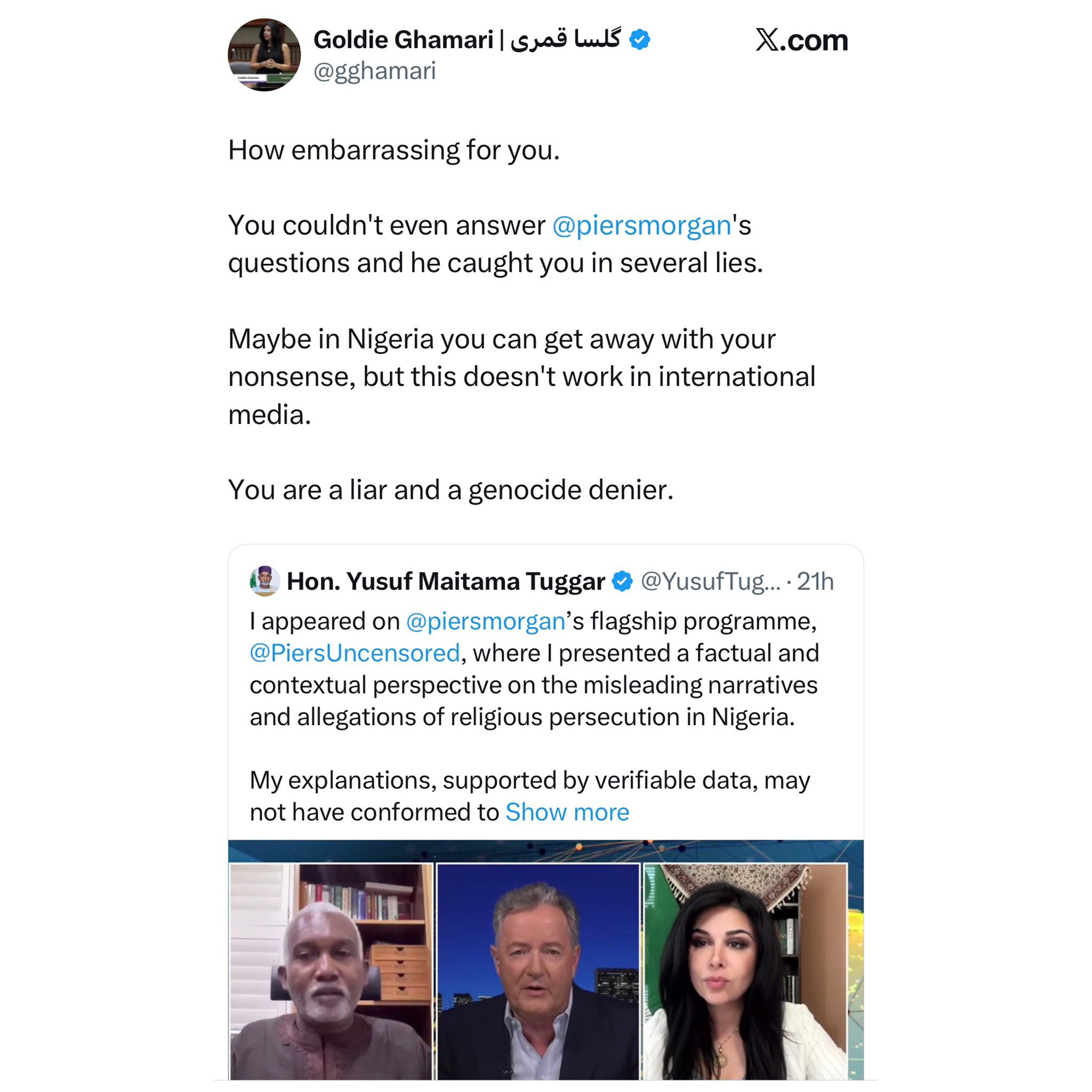

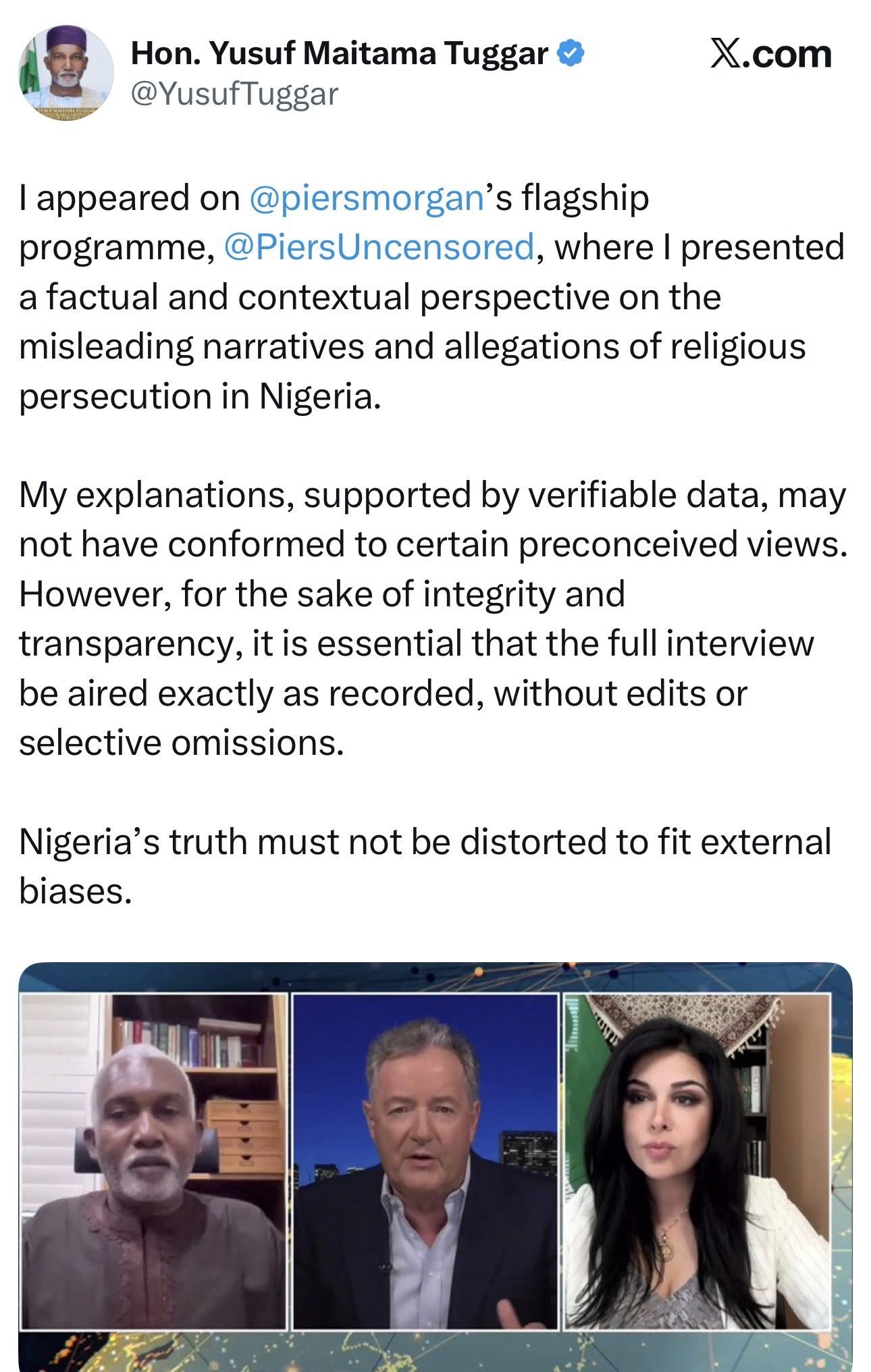
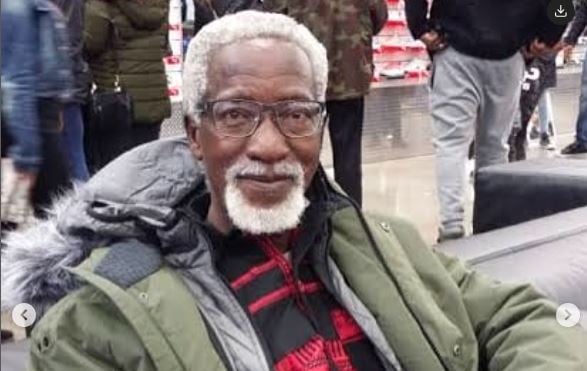
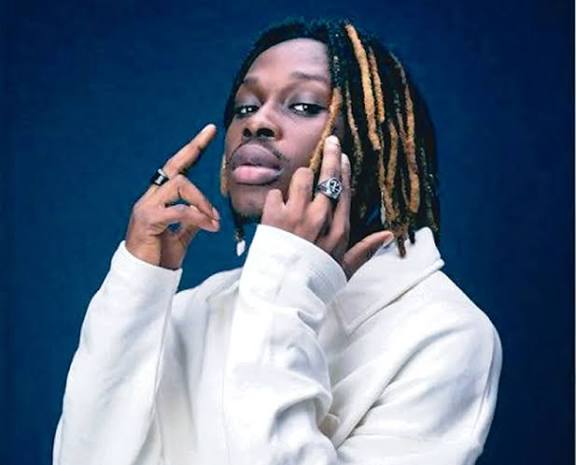
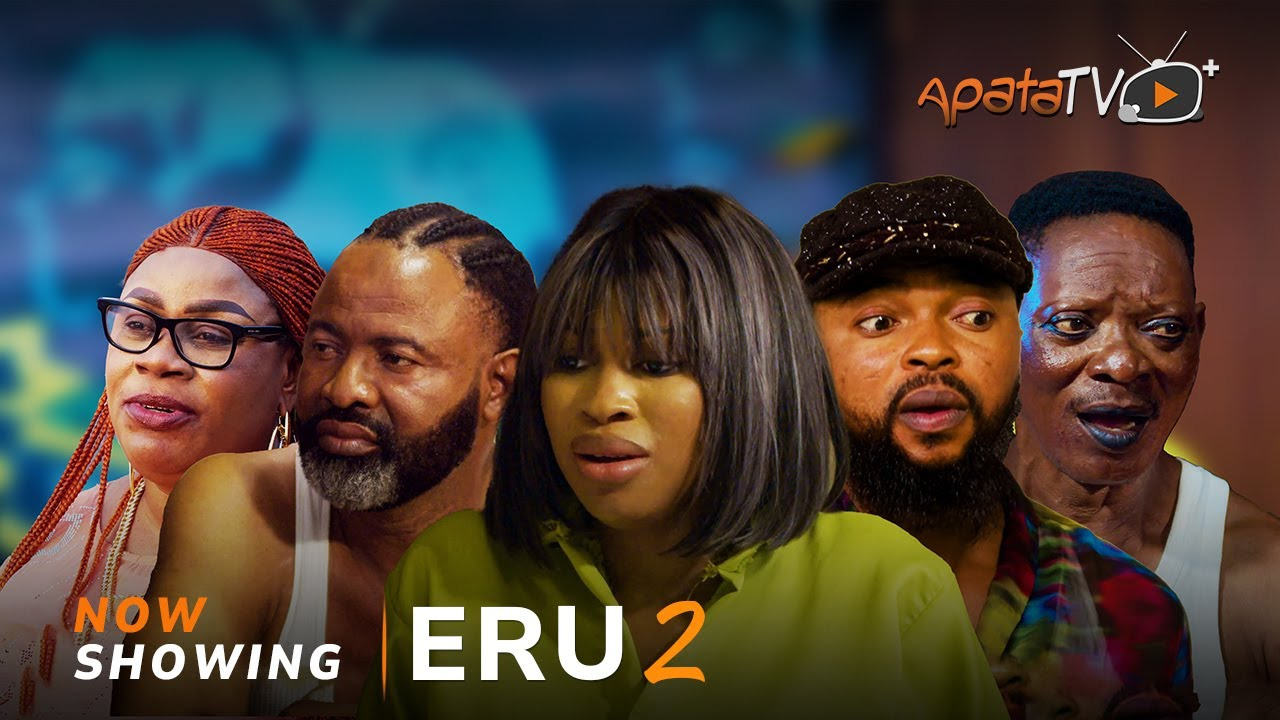


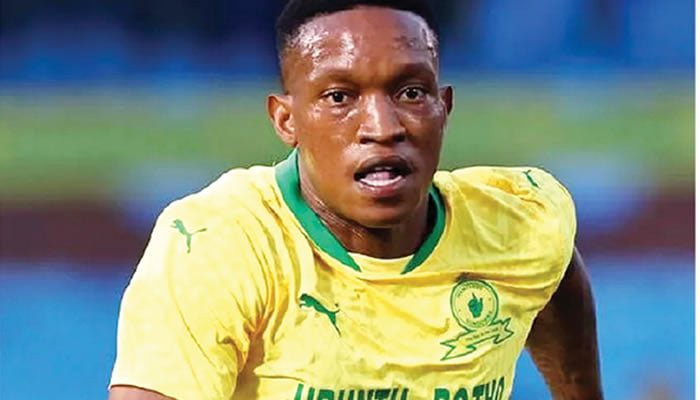
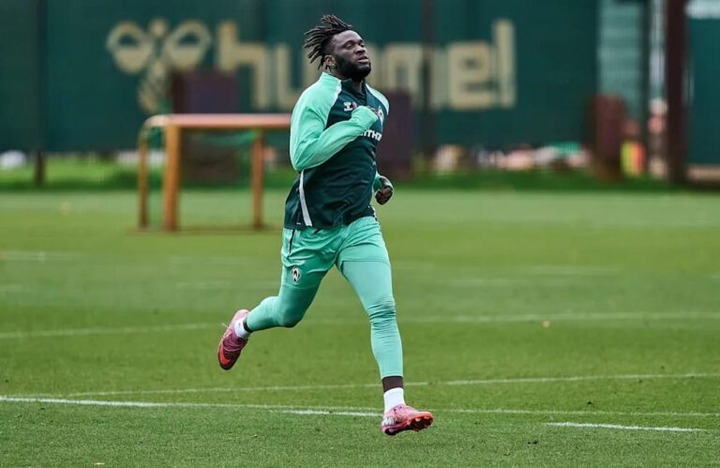
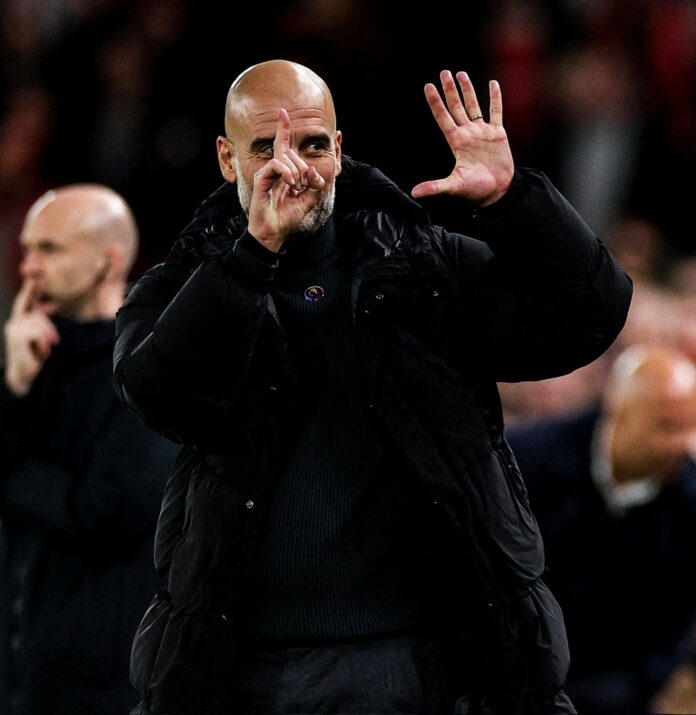
Leave a Reply